Spices have the power to transform a simple dish into an extraordinary culinary experience. In this article, we’ll explore a variety of exotic spices from around the world and provide you with creative ways to incorporate them into your everyday cooking. Get ready to elevate your meals with these flavorful and aromatic ingredients!
Sumac
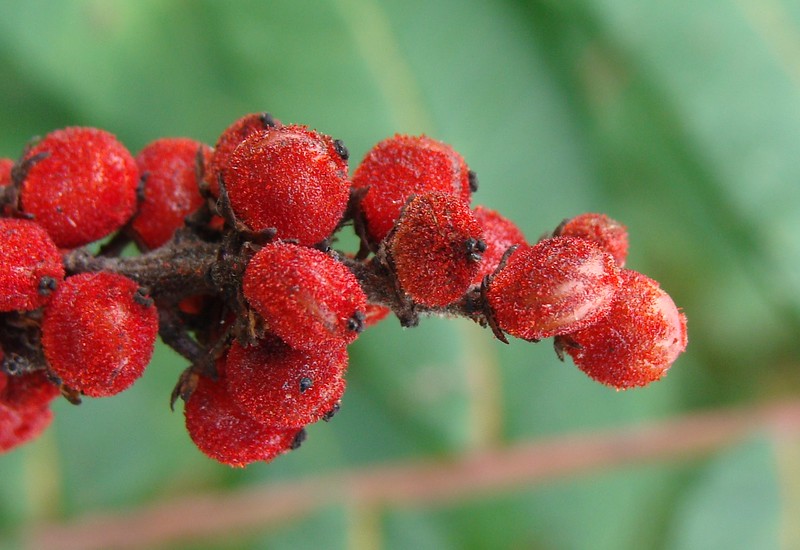
This tangy, lemony spice is a staple in Middle Eastern cuisine. Its vibrant red color and tart flavor make it perfect for sprinkling over salads, grilled meats, and roasted vegetables. Sumac can also be used in marinades and dressings, adding a refreshing acidity to your dishes.
Ras el Hanout
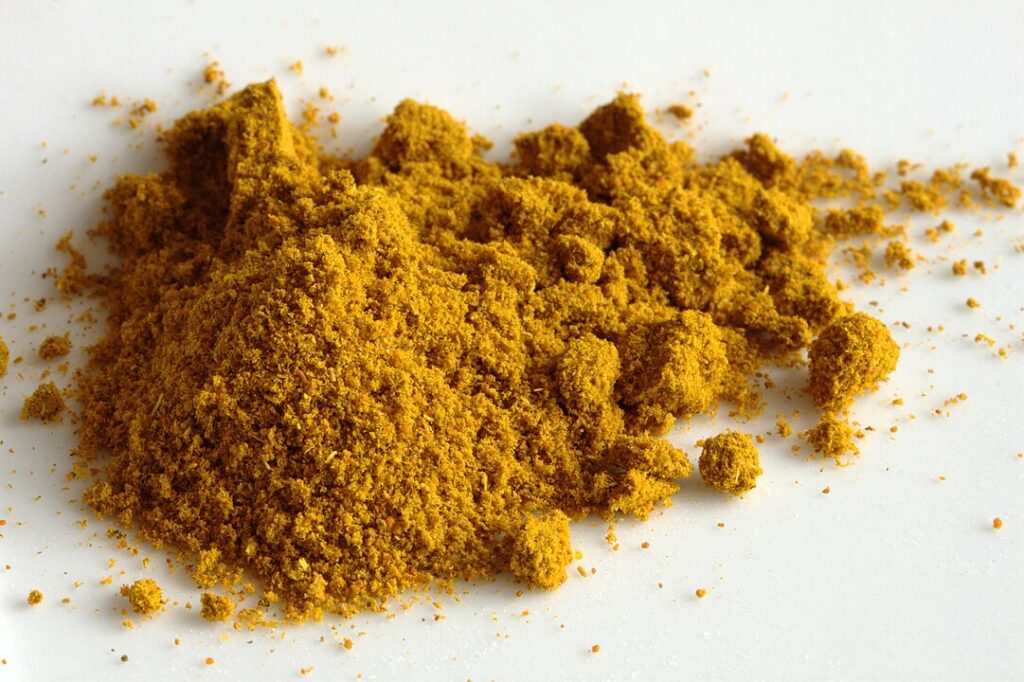
A Moroccan spice blend made from a mix of warm spices like cinnamon, cumin, coriander, and turmeric. It’s ideal for seasoning meats, especially lamb and chicken, or for adding depth to stews and tagines. Try it in a marinade for a rich, aromatic flavor.
Za’atar
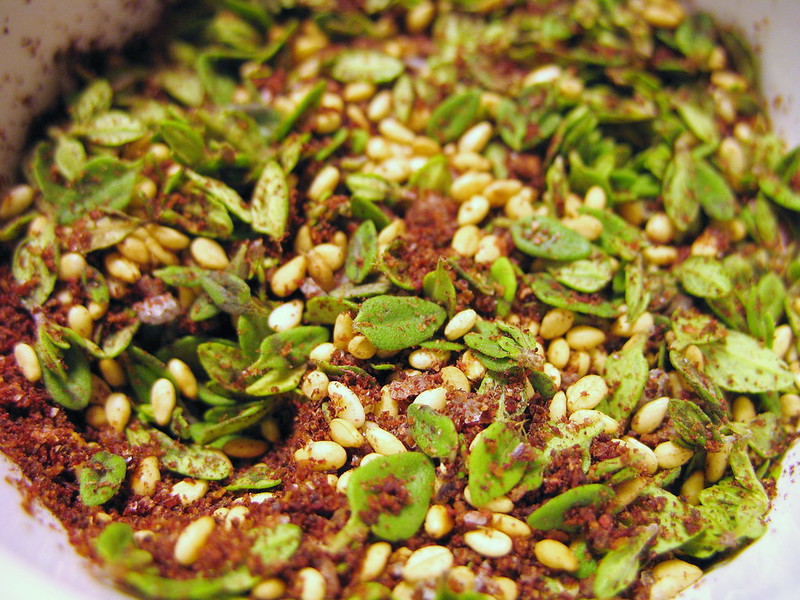
A Middle Eastern blend of dried thyme, oregano, marjoram, sumac, and sesame seeds. Use it to season flatbreads, roast vegetables, or sprinkle over labneh (strained yogurt) for a flavorful dip. Za’atar’s earthy, herbal notes bring a unique taste to any dish.
Aleppo Pepper
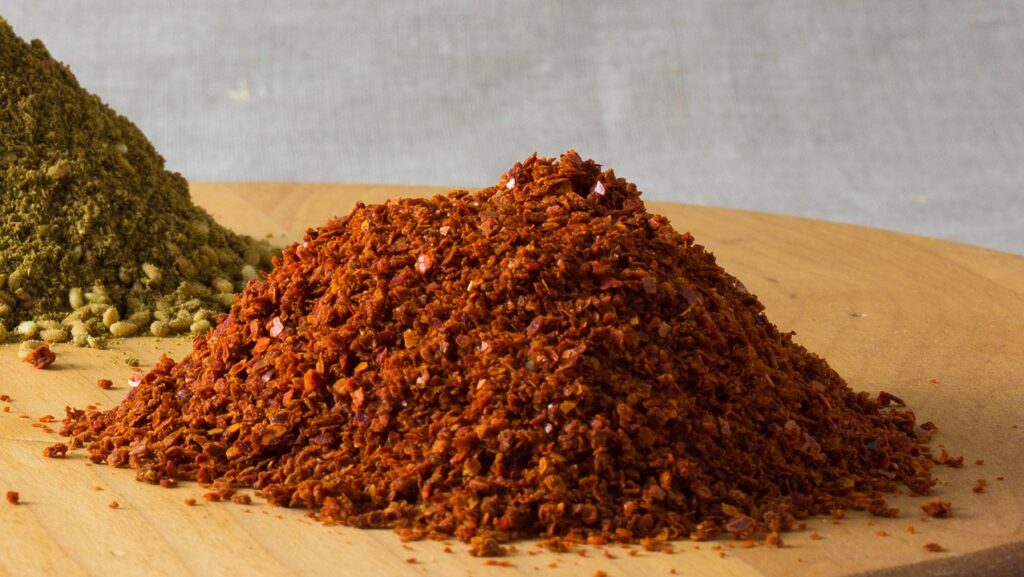
These dried, crushed red pepper flakes from Syria have a moderate heat level and a fruity, slightly tangy flavor. Aleppo pepper is perfect for adding a mild kick to dishes like grilled meats, salads, and dips. It also enhances the flavor of soups and stews.
Berbere
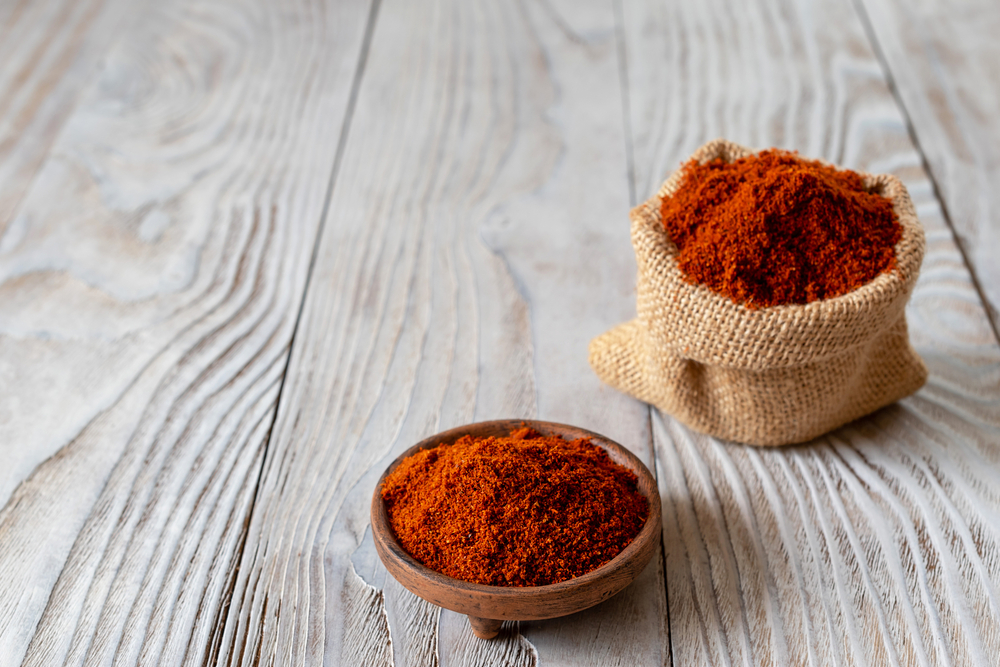
An Ethiopian spice mix featuring chili peppers, garlic, ginger, basil, and fenugreek. Its complex, spicy flavor is essential in Ethiopian cuisine, especially for dishes like Doro Wat (spicy chicken stew). Use Berbere to spice up lentils, roasted vegetables, or meats.
Harissa
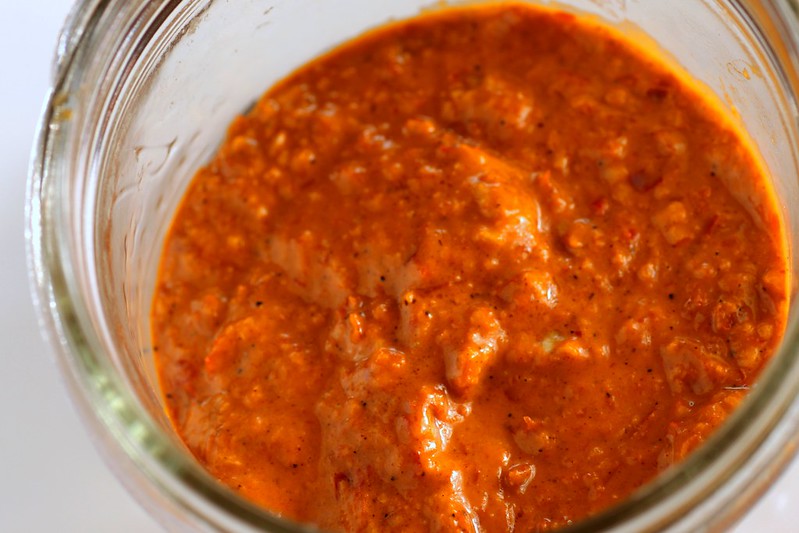
A North African chili paste made from roasted red peppers, garlic, and a blend of spices. Harissa adds a smoky, spicy kick to couscous, grilled meats, and vegetables. Stir it into soups or use it as a marinade to infuse dishes with its bold flavors.
Szechuan Peppercorns
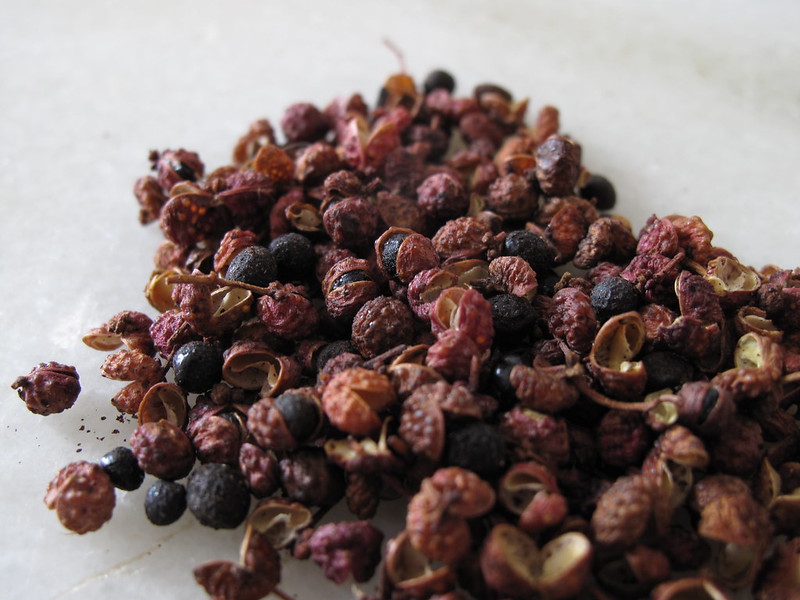
Known for their numbing, tingling sensation, these peppercorns are a key ingredient in Szechuan cuisine. They add a unique, citrusy heat to dishes like Kung Pao chicken, hot pots, and stir-fries. Toast and grind them to release their full flavor.
Mahlab
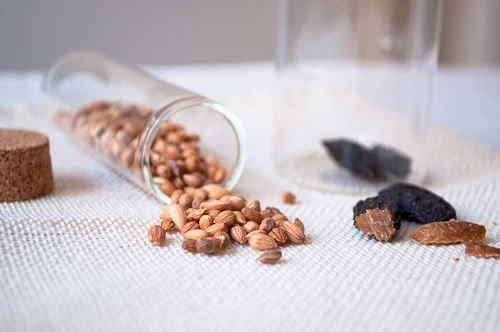
Made from the seeds of St. Lucie cherries, this spice has a sweet, nutty, and slightly bitter flavor. Mahlab is commonly used in Middle Eastern baked goods, such as breads and pastries. It can also be added to rice dishes and desserts for a distinctive taste.
Nigella Seeds
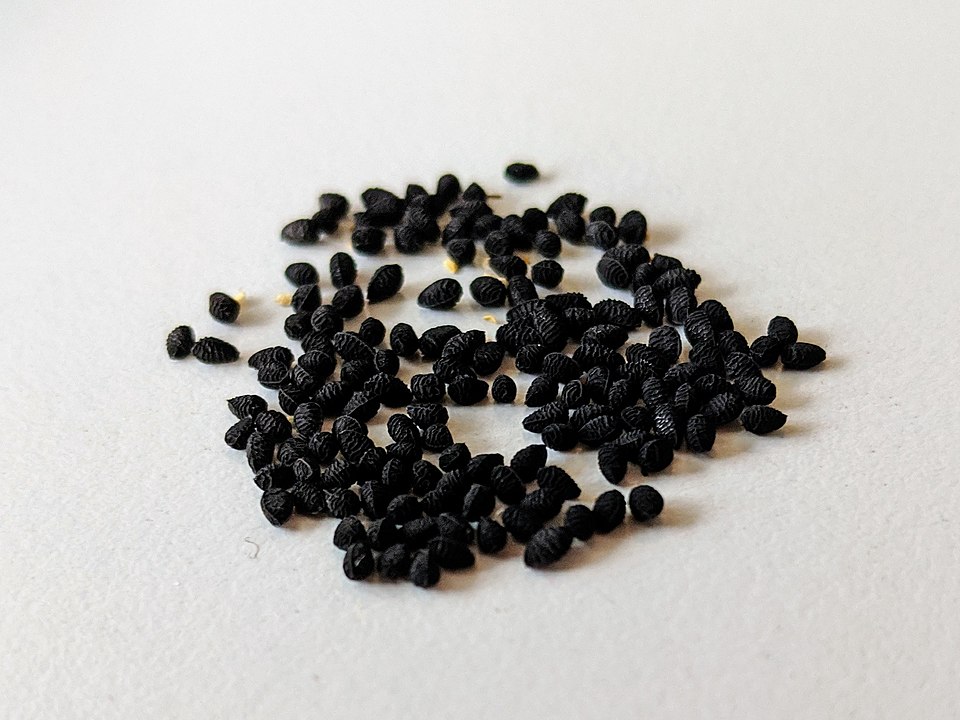
Also known as black cumin, these tiny black seeds have a slightly bitter, onion-like flavor. Sprinkle them on naan bread, add them to curries and salads, or use them in pickling. Nigella seeds add a crunchy texture and unique flavor to your dishes.
Ajwain
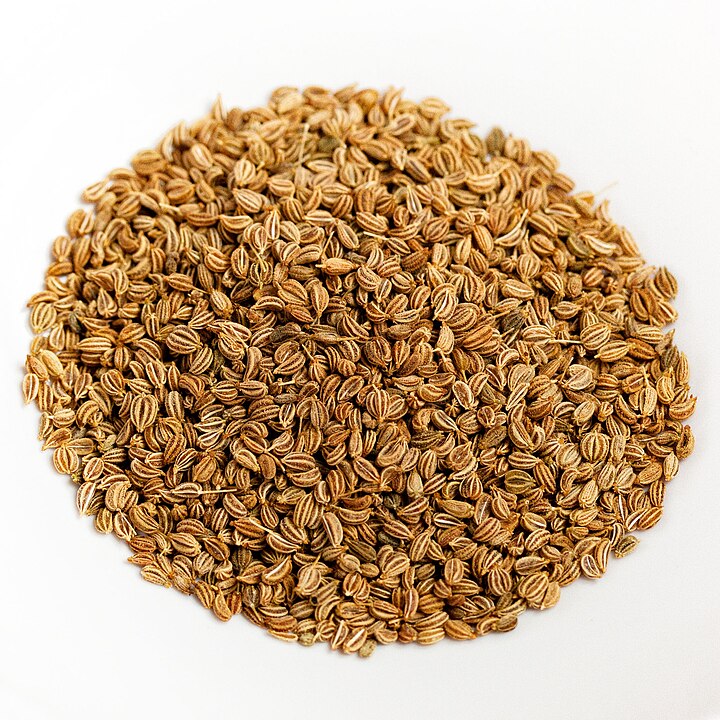
These small, ridged seeds are similar to thyme in flavor, with a slightly bitter, pungent taste. Ajwain is commonly used in Indian cuisine to flavor bread, legumes, and fried snacks. Toast them lightly before adding to dishes to release their aromatic oils.
Galangal
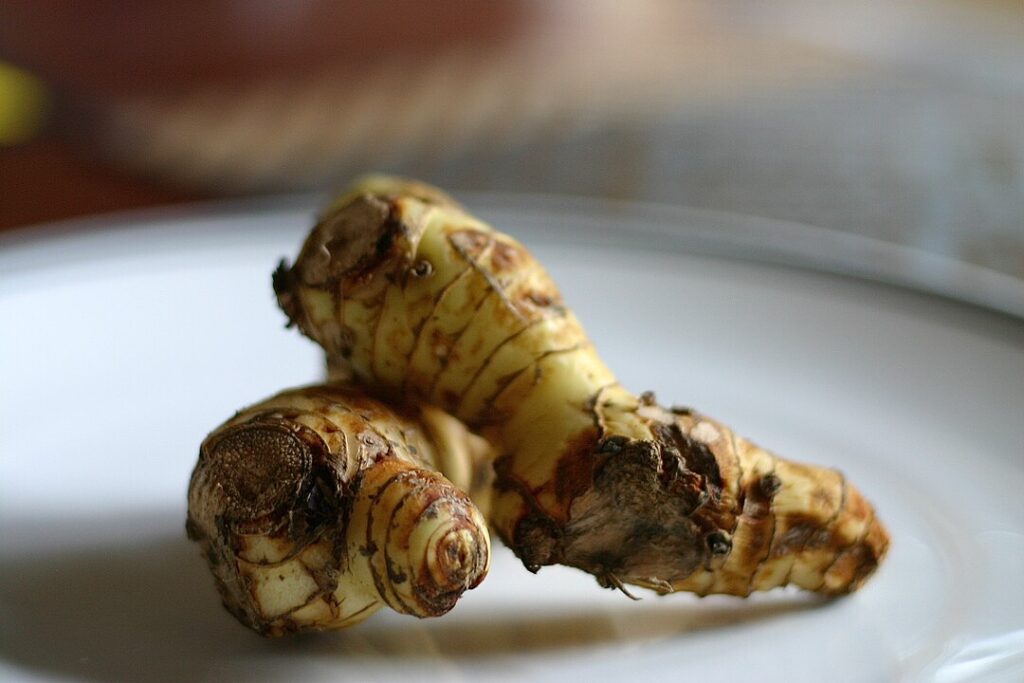
Often mistaken for ginger, galangal has a sharper, more citrusy flavor. It is a staple in Southeast Asian cooking, particularly Thai and Indonesian cuisines. Use it in soups, curries, and stir-fries to impart a fresh, aromatic flavor.
Fenugreek
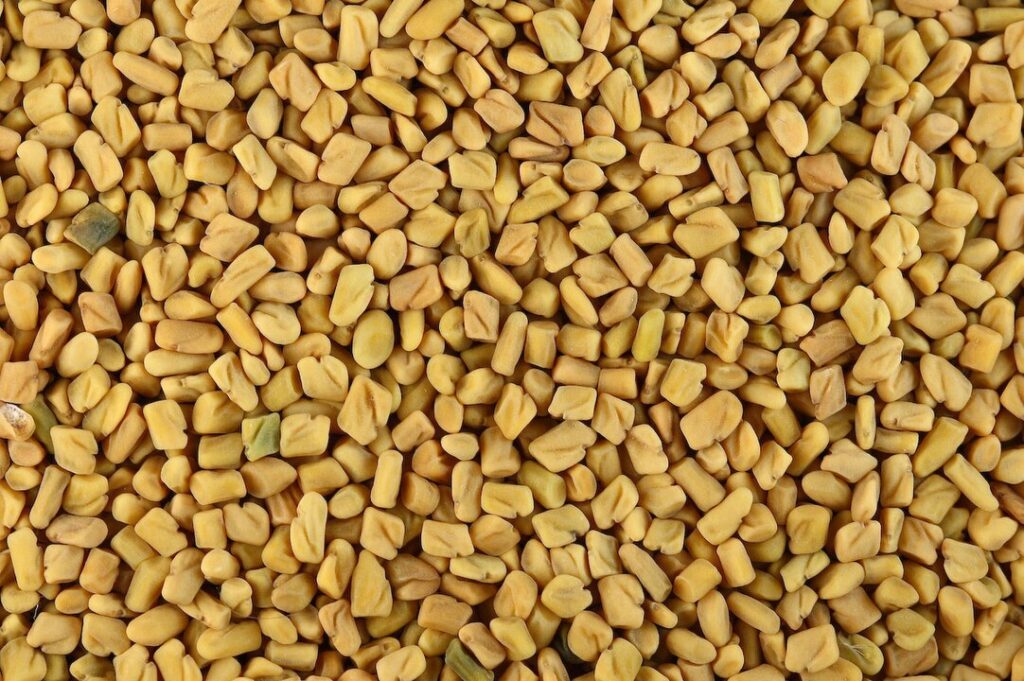
With a slightly sweet, nutty flavor, fenugreek seeds are used in Indian and Middle Eastern dishes. They are essential in curry powders and spice blends like garam masala. Fenugreek leaves can also be used fresh in salads and cooked dishes.
Long Pepper
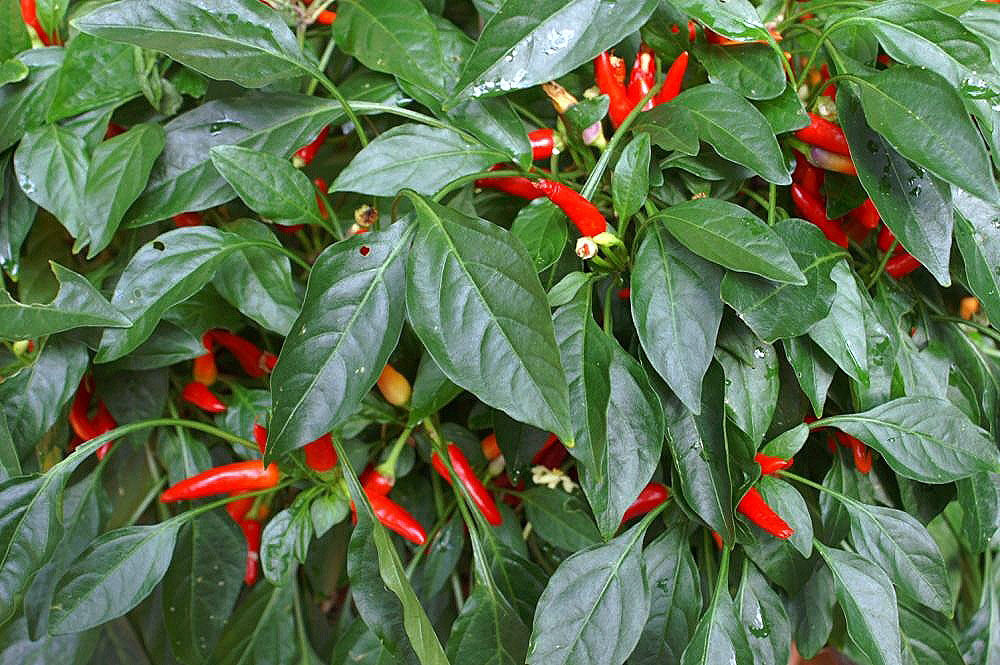
Similar to black pepper but with a more complex flavor, long pepper has notes of cinnamon, nutmeg, and cardamom. It can be used in place of black pepper to add depth to soups, stews, and marinades. Crush or grind it before using for best results.
Grains of Paradise
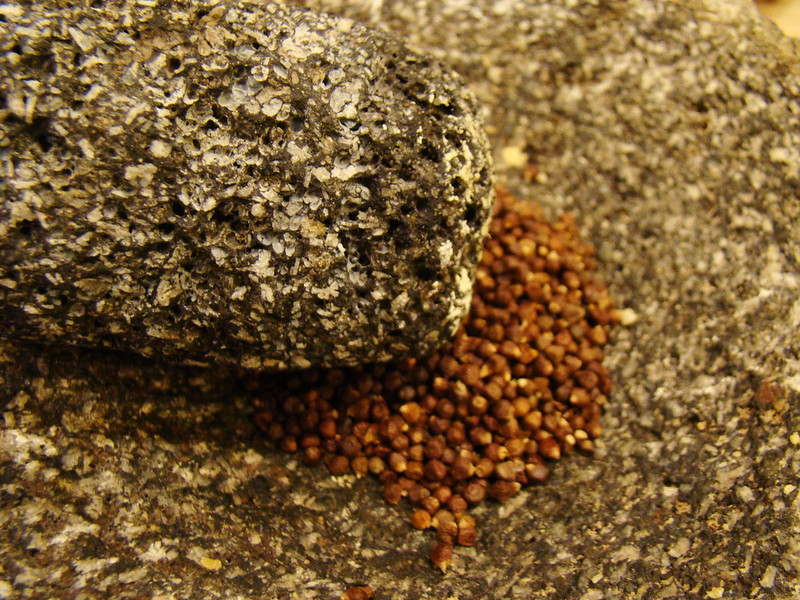
These West African seeds have a peppery, citrusy flavor with hints of cardamom. Use them to season meats, vegetables, and seafood. They also work well in spice blends and can be used to add a unique twist to cocktails and desserts.
Fennel Pollen
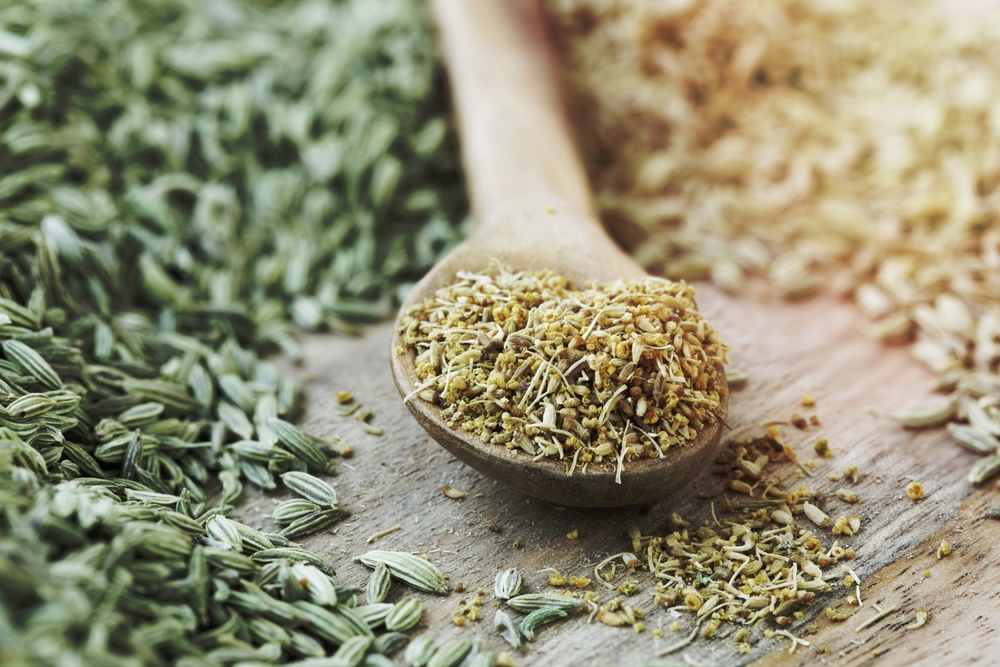
This aromatic spice has a sweet, licorice-like flavor. It’s perfect for adding a burst of flavor to roasted meats, seafood, and vegetables. Sprinkle fennel pollen over dishes just before serving to preserve its delicate aroma and taste.
Black Lime
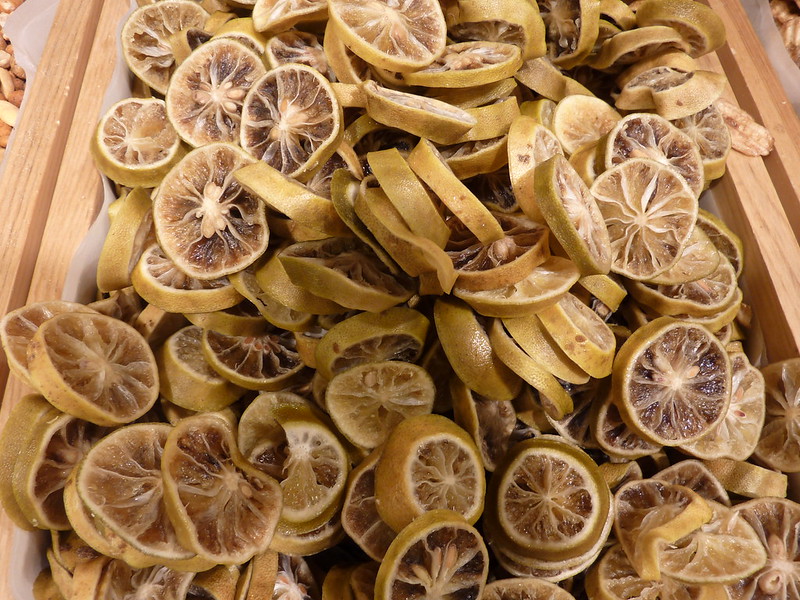
Also known as dried lime or loomi, black lime adds a tangy, smoky flavor to Middle Eastern and Persian dishes. Use it whole or ground in stews, soups, and rice dishes. Its unique taste enhances both savory and sweet recipes.
Kaffir Lime Leaves
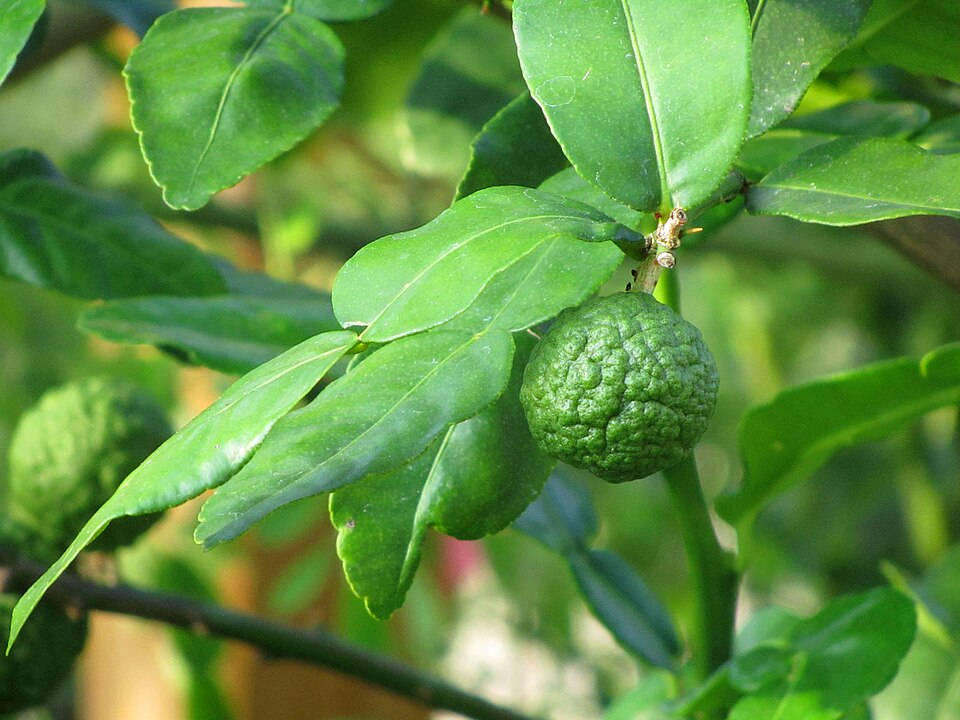
These aromatic leaves are essential in Thai and Southeast Asian cooking. They impart a fresh, citrusy flavor to curries, soups, and stir-fries. Use them whole or finely chopped, but remove before serving as they are quite tough.
Urfa Biber
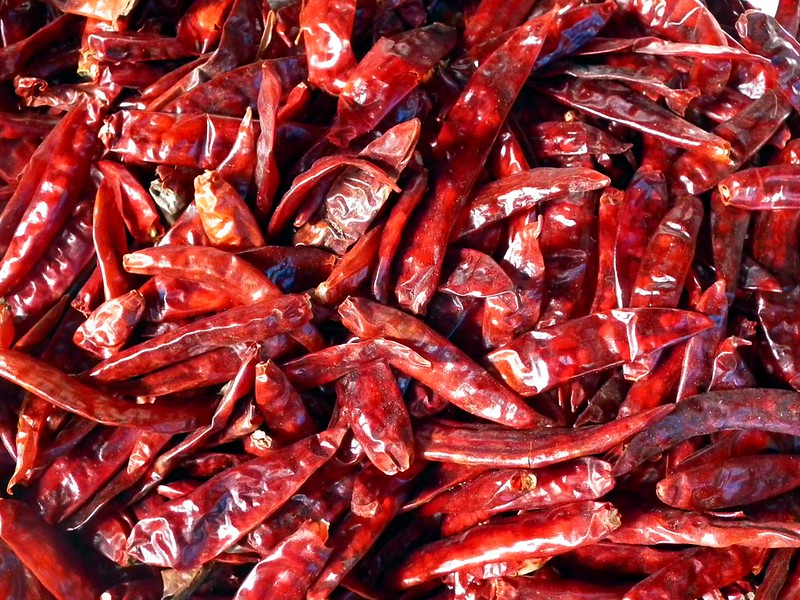
A Turkish chili pepper with a smoky, raisin-like flavor. Urfa Biber adds a mild heat and depth to meats, vegetables, and grains. Sprinkle it over dishes or use it in rubs and marinades for a rich, complex taste.
Mace
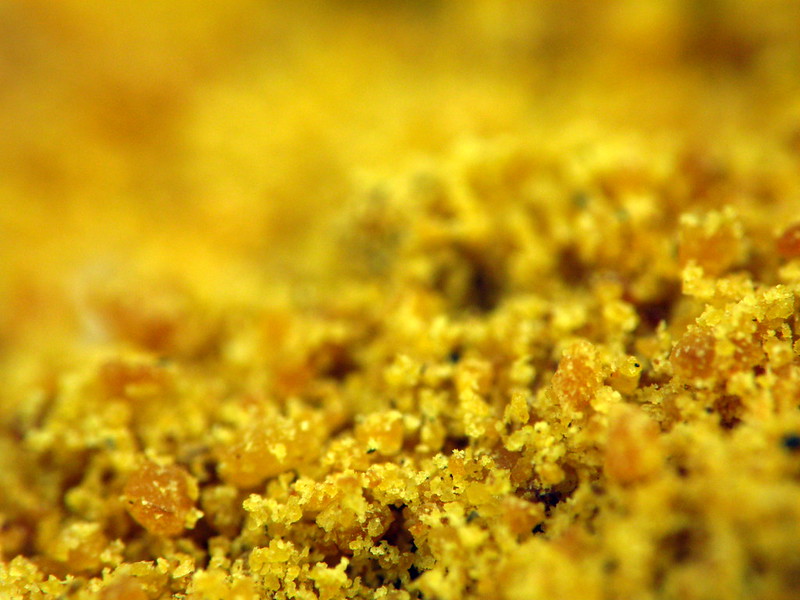
The outer covering of nutmeg seeds, mace has a warm, sweet flavor similar to nutmeg but more delicate. It is used in baking, desserts, and savory dishes like soups and stews. Ground mace can be substituted for nutmeg in recipes for a subtler taste.
Pink Peppercorns
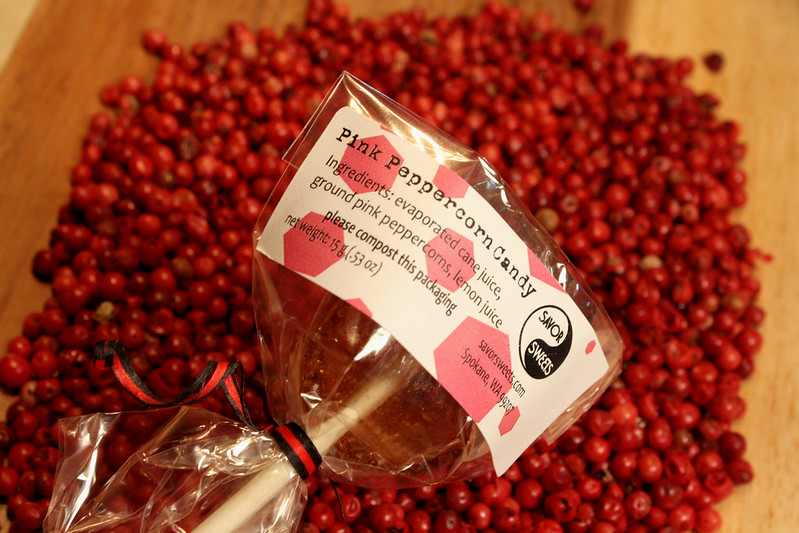
These dried berries have a sweet, fruity flavor with a mild peppery bite. Use them to add a colorful garnish and unique flavor to salads, seafood, and sauces. Pink peppercorns can also be used in desserts to add a surprising twist.
This article originally appeared on UnifyCosmos.
More from UnifyCosmos
21 Top Gardening Tools for Green Thumbs

This article highlights 21 essential gardening tools, ranging from classic implements to modern innovations. These tools are indispensable for maintaining the health and aesthetics of diverse garden types. Read more!
15 Affordable Skincare Gadgets Recommended by Experts

This selection of 15 tools combines efficiency with affordability, covering everything from deep cleansing to targeted treatment, ensuring you can maintain optimal skin health without a hefty price tag. Read more!
20 Unique Meditation Techniques from Around the World

In this article, we explore some of the most unique meditation practices from around the world, each providing a window into the rich diversity of human contemplation. Read more!
Leave a Reply